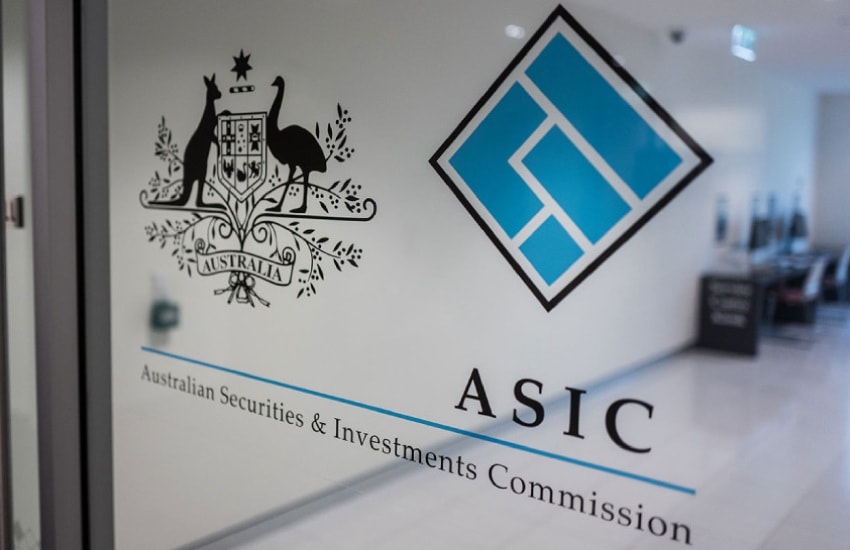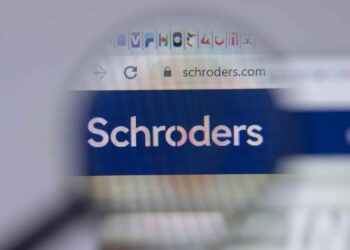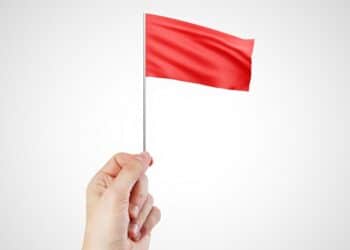ASIC seeks super sector feedback on proposed disclosure changes
The regulator invited industry feedback on stamp duty and private debt disclosure reforms following its targeted review of investment reporting. The Australian Securities and Investments Commission (ASIC) has invited the superannuation and investment management sectors to provide feedback on proposed changes to stamp duty reporting and portfolio holdings disclosure, following its targeted review of investment disclosure settings announced in August 2025. The regulator has proposed...
Read moreDetails
















